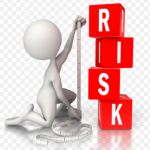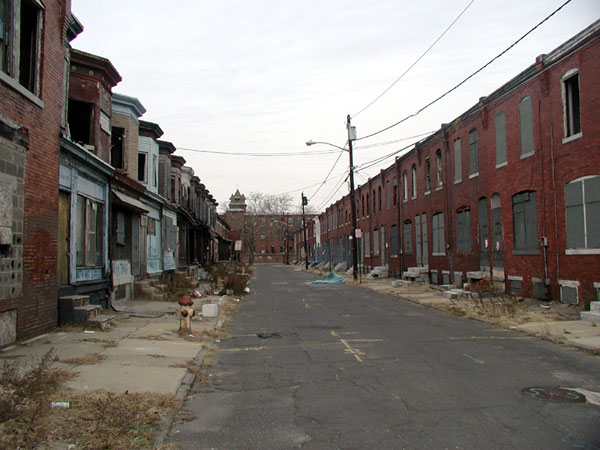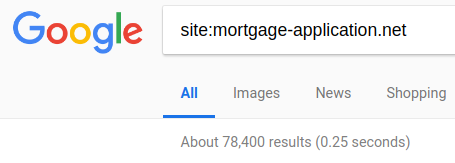Believe it or not, we still get queries from a few utility companies that have operational processes locked on Windows Server 2003 as a platform. Most of the time, these are legacy applications associated with some form of ICS device or data management system that they have not been able to afford to replace.
Windows 2003 Server end-of-life searches are still among the most popular searches on our StateOfSecurity.com blog, receiving more than 200 queries most months. Keep in mind, this is an operating system that patches haven’t been released for since 2015. According to Spiceworks, an online community for IT professionals, the Windows 2003 Server operating system still enjoys a market share of 17.9%, though we could not validate the time frames of their claim.
But, just in the last year or so, we have seen it alive and well in natural gas, energy and the communications infrastructures, both foreign and domestic. So, we know it is still out there, and still being used in seemingly essential roles.
I’m not going to lecture you about using a system that is unmatched for 5 years. That’s just common sense. Instead, what I am going to do is make three quick suggestions for those of you who can’t get rid of this zombie OS. Here they are:
1. Install a firewall or other filtering device between the legacy system and the rest of your environment. This firewall should reduce the network traffic allowed to the system down to only specifically required ports and source addresses. It should also restrict all unneeded outbound traffic from the device to anything else in the network or the world. The device should be monitored for anomalies and security IOCs.
2. If the hardware is becoming an issue, as well, consider virtualizing the system using a modern virtualization solution. Then apply the firewalling above. Server 2003 seems to be easily virtualized and most modern solutions can handle it trivially.Hardware failure of many of these aging systems is their largest risk in terms of availability.
3. Eliminate the need AS SOON AS POSSIBLE. Even with the firewalling and filtering, these systems have high risk. You might also consider if you can migrate portions of the services from Windows 2003 to a more recent system or platform. This isn’t always possible, but everything you can move from Windows 2003 to a supported OS is likely to let you crank down your filtering even more.
Lastly, if you’re still trapped on Windows 2003, make sure you review this every quarter with the application owners and management. Keep it on their mind and on the front burner. The sooner you can resolve it, the better.
If you need more help or advice on risk mitigation or minimization, get in touch. We’d love to help! Just email us at info@microsolved.com and we can connect.








